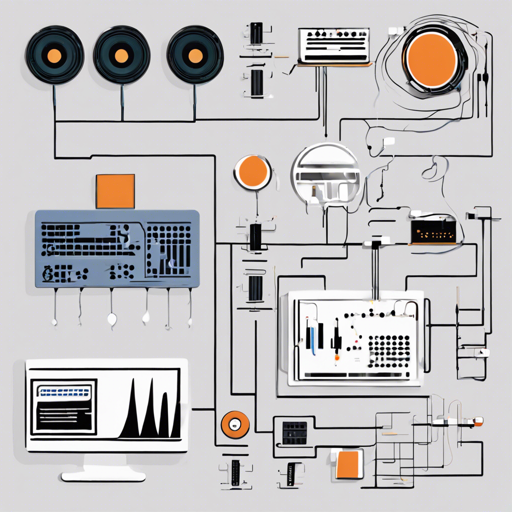Welcome to your go-to guide for integrating AudioNotes using FunASR and Qwen2! In this article, you’ll learn how to download, set up, and run this powerful audio processing tool using your local environment. Follow the steps below to get started on your audio adventure!
Prerequisites
Before diving into the setup, ensure you have the following:
- Python installed (preferably version 3.10)
- Docker installed on your machine
- Basic knowledge of command-line interface (CLI) operations
Step 1: Downloading Ollama
First, you need to download the Ollama platform. This is essential for using the Qwen2 model.
- Visit the Ollama Download Page to get started.
Step 2: Pulling the Qwen2 Model
The next step involves pulling the Qwen2 model which is necessary for the audio processing.
bash
ollama pull qwen2:7b
If pulling the model is likened to browsing a vast library, then you’re simply checking out the book titled “Qwen2” by calling out to the librarian (in this case, Ollama).
Step 3: Setting Up Docker
Docker is a tool that simplifies the setup of your environment. Here’s how to get it running:
bash
curl -fsSL https://github.com/harry0703/AudioNotes/raw/main/docker-compose.yml -o docker-compose.yml
docker-compose up
After executing the above commands, navigate to http://localhost:15433 to access the application. You will log in with the username and password as ‘admin’. Consider Docker as a kitchen: all ingredients (services) are contained within various boxes (containers) that can be prepared simultaneously without much hassle!
Step 4: Setting Up PostgreSQL
To manage the application’s data effectively, you’ll need to set up PostgreSQL.
bash
conda create -n AudioNotes python=3.10 -y
conda activate AudioNotes
git clone https://github.com/harry0703/AudioNotes.git
cd AudioNotes
pip install -r requirements.txt
cp .env.example .env
Finally, run the application:
bash
chainlit run main.py
Access it via http://localhost:8000 and log in using the same credentials, ‘admin’. This entire process is like preparing a complex dish; each layer enhances the flavor (functionality) of the final result.
Troubleshooting
If you encounter any issues during setup, consider the following troubleshooting ideas:
- Make sure your Python version is compatible with the libraries.
- Check Docker installation and ensure it is running properly.
- Ensure all commands are executed in the right directory.
- If you experience network issues, verify your internet connection.
- Review logs for any errors that provide clues for further debugging.
For more insights, updates, or to collaborate on AI development projects, stay connected with fxis.ai.
Conclusion
At fxis.ai, we believe that such advancements are crucial for the future of AI, as they enable more comprehensive and effective solutions. Our team is continually exploring new methodologies to push the envelope in artificial intelligence, ensuring that our clients benefit from the latest technological innovations.

